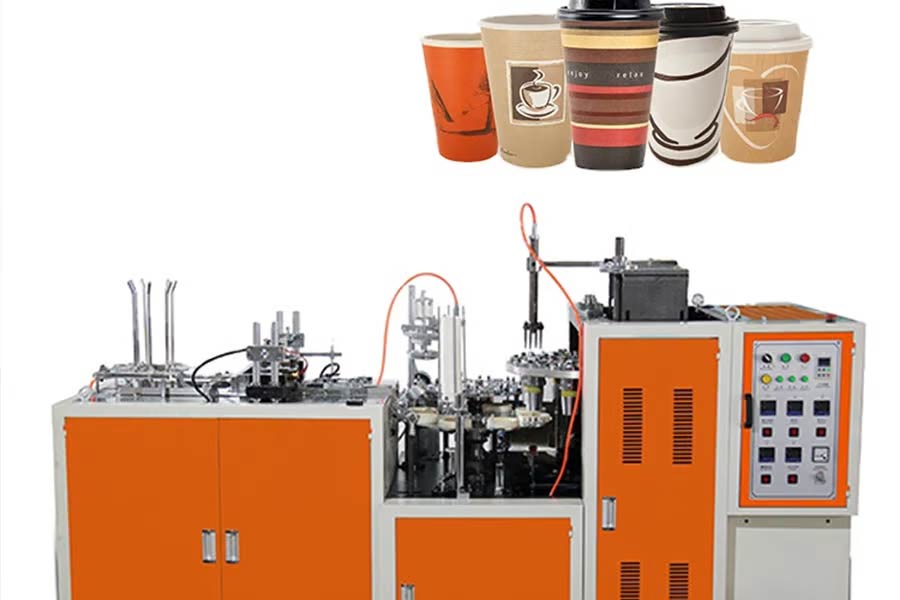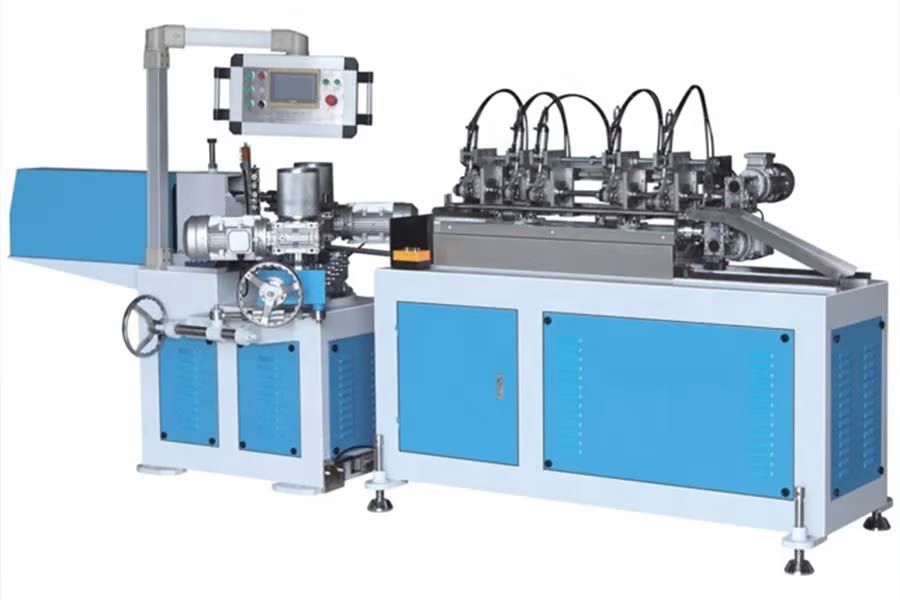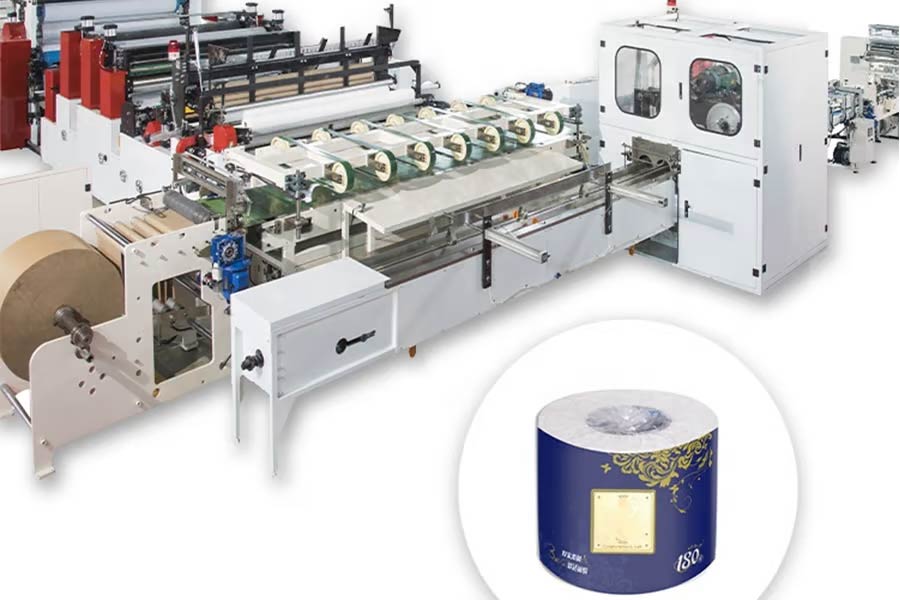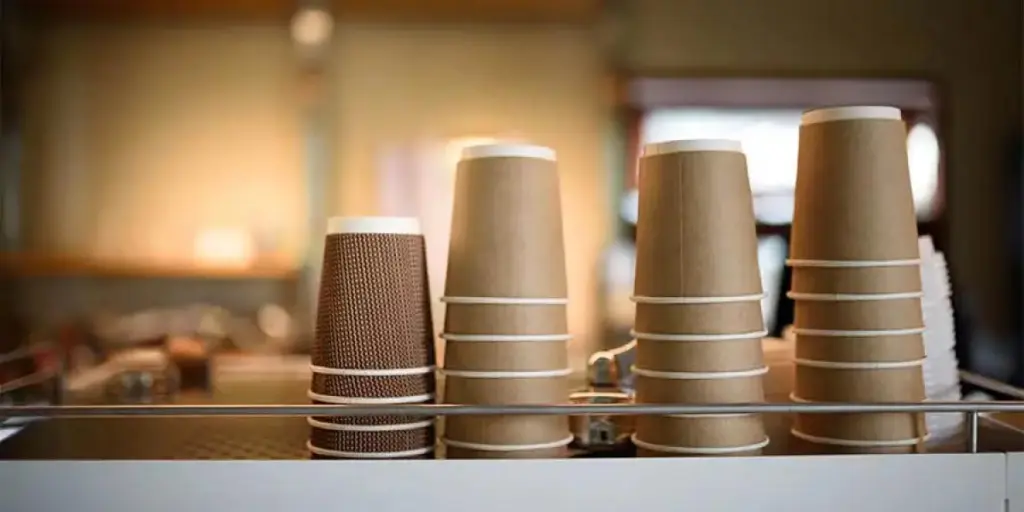Several governments banned plastic products, thus driving the demand for disposable paper products such as cups, plates, straws, and other containers to new heights. These paper products are produced in large amounts using paper product-making machinery.
The machines comprise different frameworks, including the press segment, shaping area, dying compartment, and schedule segment. Shifting to paper products contributes to reduced pollution and improved hygienic conditions. As paper products gain popularity worldwide, their demand propels the demand for paper product machinery.
Table of Contents
The market forecast for paper product making machinery
Factors to consider when choosing paper machinery
Types of paper product machines
Key market players
The market forecast for paper product making machinery
Paper machinery systems’ global market is projected to grow at a CAGR of 5.5% between 2021 to 2026, reaching $2.6 billion by 2026. Increased global demand for paperboards and packaging papers is expected to propel the paper product-making machinery market.
The ecological and economic benefits of paper machinery systems are also expected to promote their global growth. Furthermore, these machines’ versatility and ability to manufacture a wide range of highly demanded products such as tissues, paper, straws, and napkins, make them one of the most sought-after machines. Industry Arc suggests that the demand for the kraft process machinery with its cost-effectiveness, low budget, higher productivity, and product quality is also driving the paper product machinery market.
Factors to consider when choosing paper product-making machines
Buying a paper product-making machine can be a worthwhile investment for a company. The investment can achieve its desired goals if the company has done enough research. Fortunately, this buying guide provides several factors a company can consider when purchasing a paper product-making machine.
Quality of the machine
A business can grow to the next level if the owners invest in a paper product-making machine since it reduces costs and enhances productivity. A company wanting to invest in paper product machinery should ensure they buy a quality machine. Consider some points to remember:
- Ensure the machine is built with high-quality raw material to prevent unnecessary losses.
- Confirm whether the machine is working to see if it boosts the business’s performance.
- The company should also ensure that the product has a mark of standard or quality from the responsible bureau.
After-sale service
Operating a machine comes with its challenges, and a new business owner may not have all the technical skills needed to run it efficiently. The purchasing company should inquire whether the manufacturer offers technical support or installations. It will be unwise to purchase a complex machine with no after-sales service to enlighten users on installation, operations, and maintenance.
Price
Though the price is dictated by production capacity and features, budget evaluation is part of an entrepreneur’s decision-making. The business will conduct a cost-benefit analysis to evaluate which paper product-making machinery to invest in. The level of operations also dictates the type of machine and cost. A business that wants to produce many paper products will benefit by investing in a bigger machine, which could cost more.
Single die vs. double die vs. multiple die
A business can choose a single, double, or multiple die paper product-making machine. This choice depends on the product quantity and the speed at which the business wants to produce its paper products. Double and multiple die paper product machines are often used in large-scale production at a reduced manufacturing cost, whereas single die is suitable for small operations.
Production capacity
Production capacity is the number of plates the machine produces per hour. It varies depending on the machine’s number of dies, plate size, and motor power. A business intending to produce large-scale paper products will purchase machinery with larger plate sizes, multiple dies, and high motor power.
Lifespan
Paper product machines are a huge investment, and entrepreneurs want to see a high ROI. Return on investments depends on the quality and lifespan of the paper product machinery. The longer it stays operational without technical glitches or collapse, the more profitable it is. The purchasing company could look for machines with longer warranties.
Paper specification
Paper products come in different sizes and thicknesses, meaning the company should purchase suitable paper product-making machines that can accommodate various paper specifications. An automatic machine is an example of equipment that can produce paper plates of varied thicknesses and sizes without regulators and buttons. The machines’ automatic nature reduces labor costs since minimal human touch is required in operating and maintaining them. Modern paper product-making machines can be customized to accommodate different paper sizes such as A4, A3, A2, and A5 with varied thicknesses and weights.
Types of paper product machines
Paper product machines can be divided according to the final product they produce. This section will focus on different machines, including paper cups, straws, tissue, and paper bag-making machines.
Paper cup making machine

Paper cup-making machines help manufacture single or double side coated paper cups to serve cold and hot beverages and food items. The machine operating modes can be changed to enable it to produce several paper bowls.
Since the paper cup-making machine is automatic and operates at high speed, it facilitates mass production and saves labor costs. This machine also produces lightweight, convenient, and hygienic cups for restaurants and public places. As the world goes green and plastic products are discouraged, paper cup-making machines could be an ideal investment.
The price range for paper cups and plate-making machines is relatively fair and varies from one company to the other. Many manufacturers range their prices from $5400 to $5,800 per piece.
Straw-making machine

The disposable paper straw-making machine is suitable for manufacturing different straw sizes, including 5, 6, 8, 10, and 12 mm. Since it is automatic, it does not require operators, thus saving on business operational costs. Furthermore, the upgraded design comes with a cutting device and increased production speed.
The invention of these machines will likely reduce the number of plastics dumped into the water bodies, making them environmental-friendly machines. The machine has single or double-coated units and a controlled multi-knife system to cut the straws accurately.
Other unique features of this machine include high speed and stability. It is also made with quality materials, thus enhancing its longevity and durability. Most straw-making machines’ prices range from $10,000 to $20,000, from which businesses can choose depending on their budget.
Tissue making machine

Tissue-making machines use rolls to make various napkin paper sizes. The machine is first fed raw materials, which are then embossed, folded, cut, and packaged. Different tissue-making machines produce different-sized unfolded napkin paper, depending on a business’s needs.
Before buying a tissue-making machine, a company should consider several factors. They will want to know if the equipment is new, refurbished, or remanufactured. It is also important to examine the equipment’s ability to technologically or physically expand to cater to future needs.
The price range for tissue paper-making machines goes from $460,000 to $550,000 per piece depending on the machine’s efficiency and brand.
Paper bag making machine

Paper bag-making machines are divided into manual, semi-automatic, and automatic. Manual paper bag-making machines are relatively cheap and could fit beginners who do not want to spend a lot of money on a piece of equipment. However, established companies that want to increase production would benefit from high-speed automatic paper bag-making machines.
The automatic machines use printed rolling paper or primary color rolling paper such as brown striped paper, kraft paper, medico paper, or food coated paper to make the desired products. The paper bag-making process involves puncturing, side gluing, bottom gluing, folding, and bag forming.
Fortunately, these machines are easy to operate, efficient, and steady in making different paper bags. The machine’s hydraulic dynamic lifting structure and the automatic constant tension make loading and unloading raw material easier. Furthermore, the automation of the paper bag-making process saves time, reduces production costs, enhances product quality, saves workforce, and streamlines production. Investing in a quality paper bag-making machine could be what a business needs to capture the market and provide profitable products.
Prices vary depending on the machines’ capacity and brands and range from $5,000 to 10,000.
Key market players
- Alpha Napkin Machines
- Beston Machinery Paper Machine
- Aman Impex
- Greenland Enterprises
- NSK Ltd.
- HOBEMA machine factory
- Popp Maschinenbau GmbH
- Parason
- Rajshree Enterprise
Conclusion
Due to environmental concerns, the ban on plastic products gave rise to a thriving paper product industry. This industry contributes to the high demand for paper product machinery by manufacturers of paper products. As a result, investing in paper products may be a profitable endeavor. Businesses can produce more at relatively lower production costs, thus improving the bottom line. As the world embraces green technology to solve climate change, businesses can strategize their future profitability by investing in sustainable products like paper product machines.




